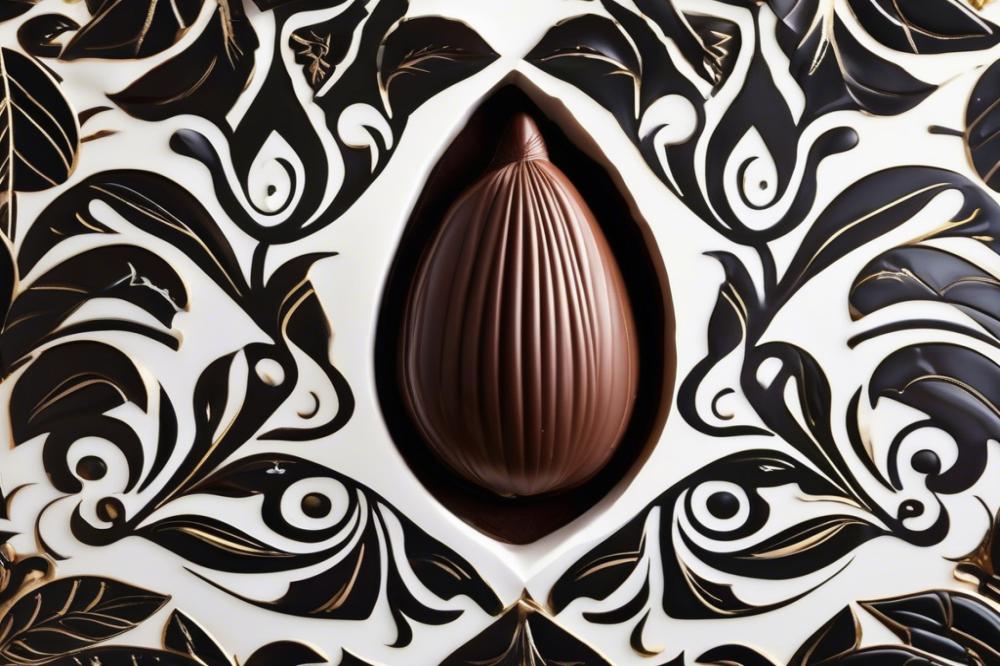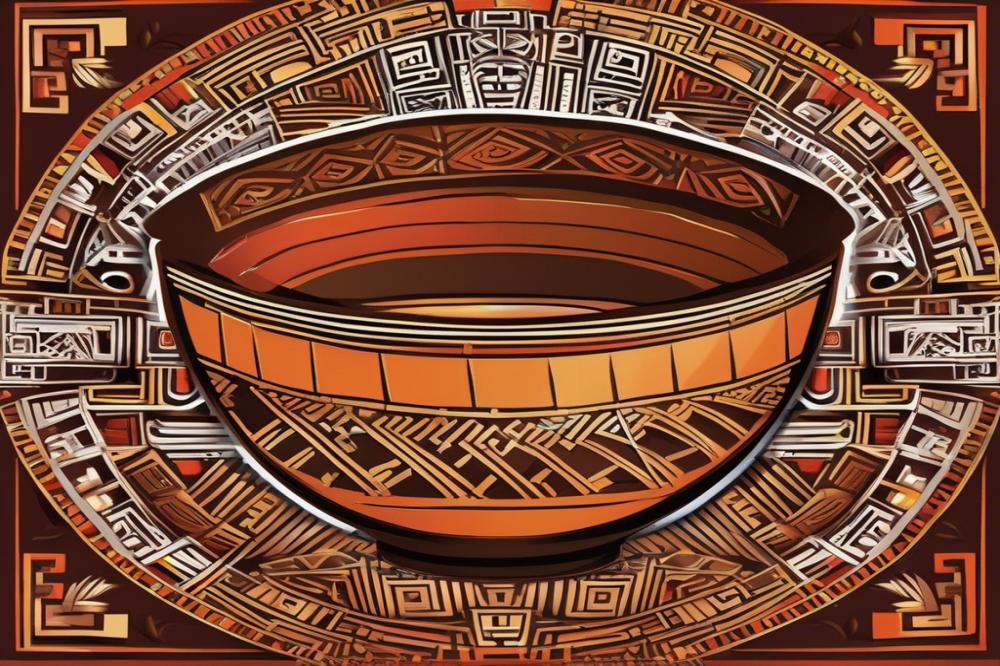The Evolution of Chocolate in South American Cultures
cacao has played a pivotal role in the cultures of South America for thousands of years. This crop is more than just a food item; it is a vital part of rituals and traditions among various indigenous cultures. Its significance stretches back to the ancient civilizations of the region, including the Aztec and Mayan peoples.
From its early origins, cacao was cherished and cultivated with care. It was used not only as a source of sustenance but also as a means of trade. The value placed on this crop illustrates its importance in everyday life and agriculture. Rituals linked to cacao are woven into the fabric of cultural identity among these communities.
The Chocolate history in South America reveals a journey filled with rich flavors and deep meanings. Initially, the Mayans brewed a bitter drink, often used in sacred ceremonies. The Aztecs followed suit, elevating the beverage to a symbol of status and power. They even utilized cacao beans as currency, showcasing its worth in society.
As centuries passed, culinary uses expanded to include various dishes and drinks, leading to the modern forms we enjoy today. The journey of cacao reflects its transformation through trade and innovation. Understanding the complexities of cacao cultivation highlights its role in connecting people across generations.
Today, the influence of cacao endures within South America and beyond. Preserving these traditions ensures that future generations will appreciate the unique heritage surrounding this precious crop. Cacao remains a symbol of cultural pride and economic vitality, affirming its lasting legacy. The evolution of cacao is not just about food; it’s about community, history, and shared experiences.
The Origins of Cacao
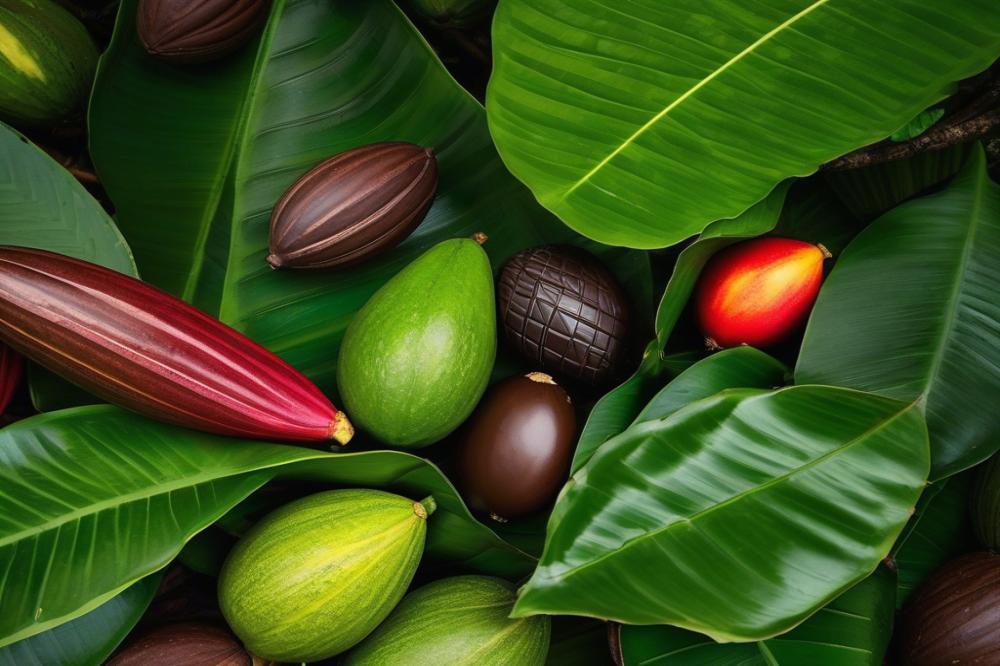
Cacao has deep roots in the heart of South American indigenous cultures. From ancient times, this plant became vital to the lives of the Olmecs, Mayans, and Aztecs. These civilizations held it in high regard, integrating it into their daily routines and sacred practices. Cacao wasn’t just a food item; it symbolized wealth, power, and spirituality.
The Olmecs, believed to be one of the first civilizations to cultivate cacao, used it in a ceremonial drink. This early use paved the way for many traditions. The Mayans later refined the process, creating a frothy beverage flavored with spices. It played a central role in social gatherings and rituals. For them, cacao was more than a drink; it was a divine gift from the gods.
Turning to the Aztecs, they also revered cacao. They made it a tribute item in trade systems, reflecting its high value. Men and women consumed it, but the elite enjoyed it most. The Aztecs even used cacao beans as currency. This highlights how significant it was in their economy and daily life.
Cultivation practices for cacao varied through the ages, but the core remained. Farmers often planted cacao in the shade of larger trees, promoting a healthy ecosystem. They employed techniques that ensured the plants thrived while maintaining balance in the environment. With proper care, the trees flourished, providing beans that would transform into beloved drinks.
Cacao held a sacred place in many rituals among these cultures. It was common to offer cacao during ceremonies, seeking blessings or favor from deities. From marriages to sacred offerings, the plant played an important role in spiritual life. Each preparation and use underscored its significance in rituals, blending culinary uses with profound meaning.
Chocolate in Mayan Culture
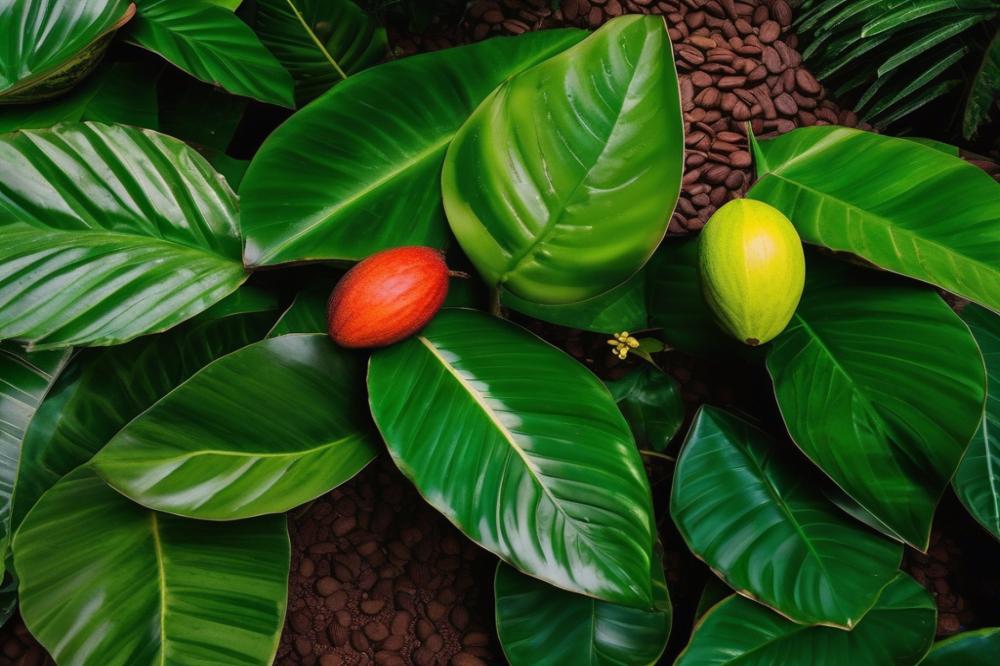
Culinary Uses of Chocolate in Mayan Society
Mayan people had a distinctive way of using cacao. This ancient food was not just a flavor; it was part of their daily life. They often prepared a bitter drink from ground beans. Sweeteners such as honey were occasionally added. Spices like chili or vanilla sometimes enhanced this beverage. It was quite different from the sweet treat we know today. This drink served as nourishment and energy, making it popular among warriors and laborers.
Chocolate as a Beverage and Its Significance in Rituals
Rituals held a special place in Mayan culture. The drink from cacao beans was a vital part of many ceremonies. It was consumed during important rituals, celebrating life events like births and marriages. This beverage was also used to honor the gods. Drinking it became a sacred act, symbolizing connection to the divine. Each sip held great importance, portraying respect and gratitude in their traditions.
Ceremonial Uses and Social Gatherings
Gatherings brought people together, enhancing community bonds. During festivals, large batches of cacao drinks were prepared. People would share this beverage, promoting unity and joy among families and friends. The Mayans also used cacao as an offering in ceremonies. It represented wealth and power within the society. Sharing this drink highlighted social status and reinforced relationships.
Trade and Economic Aspects Related to Chocolate
Cacao played a significant role in trade networks among indigenous cultures. The beans were highly valued, often used as currency. They traded cacao beans for goods like textiles and pottery. This practice showcased the importance of agriculture in their economy. Entire communities engaged in the cultivation of cacao. Its trade expanded connections between various cultures, including the Aztec. The history of this economy illustrates how deeply cacao influenced social structures.
Chocolate in Aztec Society

The Aztecs held cacao in high regard. This crop was not only a staple in their diet but also a crucial element in their economy. The seeds of cacao were so valuable that they were used as currency. People could trade cacao beans for goods and services. This practice highlighted the significance of cacao in their daily transactions and interactions.
Rituals played a major role in the lives of the Aztec people. Cacao was often used in religious ceremonies and celebrations. Priests would prepare a special drink made from crushed cacao beans, spices, and water. This beverage was more than just food; it was a way to connect with their gods. Such traditions demonstrated how deeply cacao was intertwined with their spiritual practices.
Social status had a strong link to cacao in Aztec culture. The elite enjoyed elaborate chocolate drinks while commoners had limited access. This created a noticeable divide between classes. Those in higher positions utilized cacao to display their wealth and power. In banquets and gatherings, those who served the finest cacao drinks gained respect and admiration.
Everyday life also featured the culinary uses of cacao. Different recipes and preparations showcased its versatility. People would incorporate cacao into various dishes, both sweet and savory. This adaptability made it a beloved ingredient among the Aztecs. From luxurious feasts to simple meals, cacao was ever-present, enriching their culinary landscape.
The Spread of Chocolate Beyond South America
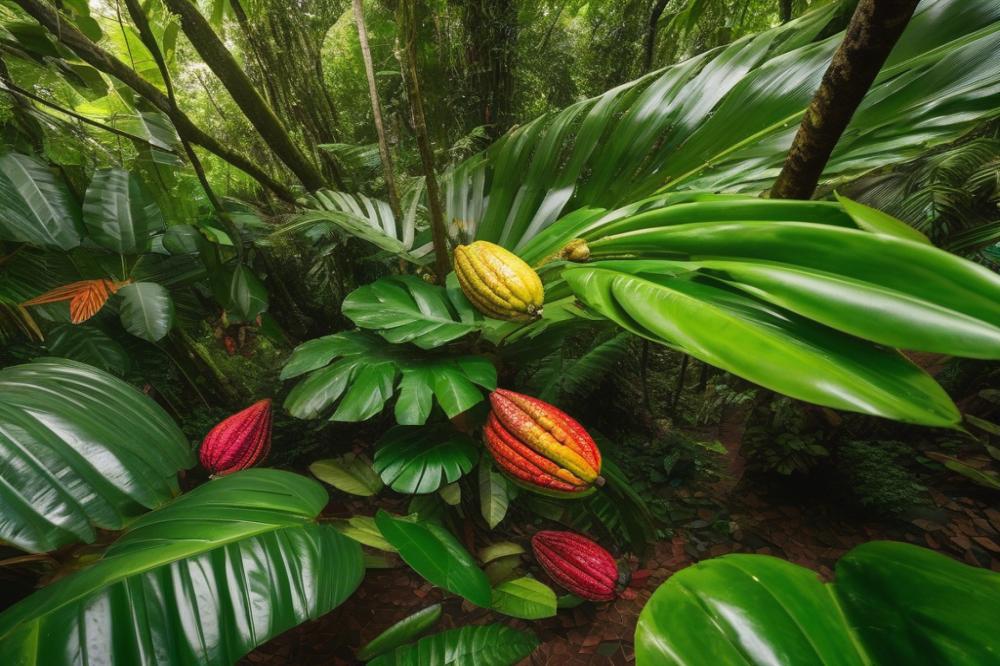
Colonial expansion in the 16th century marked the beginning of a major shift in the cocoa trade. As European powers gained control over vast lands in the Americas, they quickly recognized the value of cacao. Indigenous cultures like the Aztec and Mayan had already established a rich history surrounding its cultivation and use. For them, cacao was not just a crop; it was integral to their rituals and traditions.
The transformation of cacao into a sought-after European delicacy was significant. Initially consumed as a bitter drink in ancient Mesoamerica, chocolate became luxurious when sugar was added. It transitioned from a ceremonial beverage enjoyed by indigenous elites to a fashionable treat in European courts. Gradually, it appeared in homes across Europe, especially in France and England, pairing well with the emerging coffee and tea culture of the time.
Changes in agricultural practices drastically affected cacao cultivation. European colonizers introduced new techniques to optimize production. Large plantations replaced small farms, focusing solely on high-yield varieties. This shift created a need for labor, leading to widespread exploitation of enslaved peoples in the Caribbean and Americas. Consequently, trade routes expanded, connecting cacao-producing regions with European markets. Major ports facilitated the transport of this commodity, increasing its global reach.
As chocolate gained popularity, its consumption spread to different parts of the world. By the 18th century, it had cemented its status as a treat for the wealthy. Bakeries and confectioneries began creating a variety of culinary uses, including cakes and confections. As innovations in production emerged, chocolate became accessible to more people. By the 19th century, the Industrial Revolution played a crucial role in making this once-rare delight available to the masses.
Modern Traditions and Innovations
In today’s world, the culinary uses of cacao have expanded significantly in South America. Chefs blend traditional recipes with modern techniques, creating dishes that honor the rich chocolate history of the region. Tasting menus in fine restaurants often highlight ingredients sourced from local farmers who cultivate this beloved ingredient. These innovative approaches spark interest and excite diners looking for new flavors.
Reviving and preserving traditional chocolate-making methods is a vital part of cultural identity. Knowledge passed down from indigenous cultures like the Aztec and Mayan people continues to influence today’s practices. Some artisans focus on small-batch production, employing age-old techniques that respect the original craft. This dedication to heritage is not just about preserving history; it also celebrates their roots and unique flavors.
Modern chefs enthusiastically fuse today’s technology with ancient methods. They experiment with fermentation, roasting, and grinding, enhancing the cacao beans’ flavors while maintaining a connection to their origins. Such innovations may seem surprising, but they are part of a natural evolution in cuisine. Culinary creativity thrives as new tastes and textures emerge from these combinations of the past and present.
Cultural festivals and celebrations dedicated to this delightful ingredient showcase its significance in society. Events often include tastings, cooking demonstrations, and workshops, allowing people to learn about cacao agriculture and its pivotal role in trade. Participants experience the rituals that surround chocolate, deepening their appreciation for this ingredient steeped in tradition. These gatherings unite communities, reinforce cultural pride, and attract visitors eager to share in the joy of chocolate.
Wrapping Up the Journey of Cacao
Reflecting on cacao’s rich history reveals a fascinating journey through time. From ancient rituals to modern confections, it has woven itself into the fabric of South American cultures. Initially revered by indigenous cultures, it served not only as currency but also in sacred ceremonies. Over the centuries, its role evolved, leading to a diverse array of uses we celebrate today.
This evolution underlines the cultural significance of cacao in South America. Families pass down recipes and traditions, connecting generations through shared enjoyment. Popularity surged as people began to appreciate its flavor and versatility. Today, it remains not just a delicacy but a symbol of heritage and unity.
Looking ahead, the future for cacao in indigenous communities seems promising yet challenging. There is a growing movement towards sustainable practices, allowing these rich traditions to thrive. By embracing organic farming and fair trade, communities can respect their roots while adapting to modern demands. This balance will be crucial in preserving their unique legacies.
Cacao continues to be more than merely a product; it embodies a deep connection to history and identity. Ensuring that future generations recognize and honor this legacy stands as a vital task. By supporting these initiatives, consumers can help protect traditions and empower local communities. In this way, the journey of cacao can continue to evolve, making an impact on both culture and commerce.

